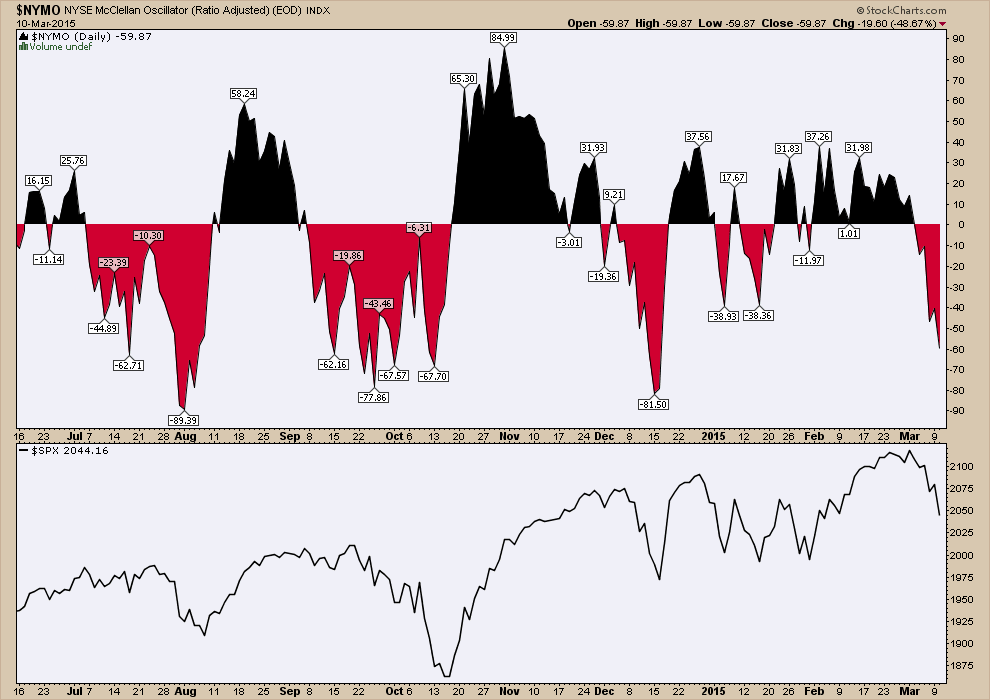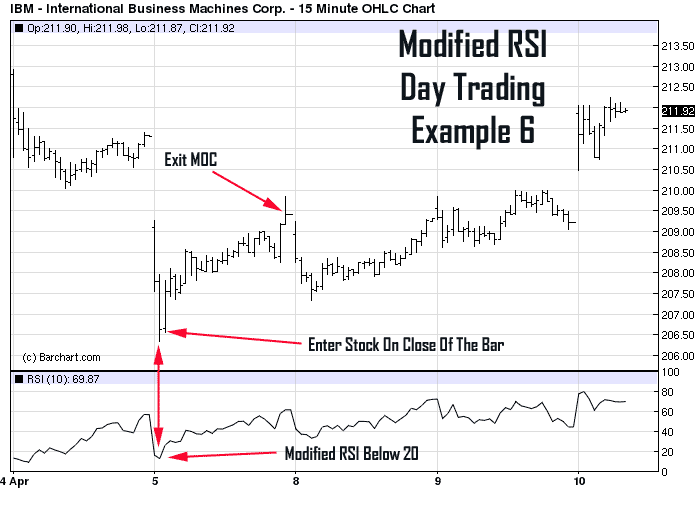MoCS LittleKnown Indicator Helps Traders Stay Ahead of the Market
Post on: 2 Июль, 2015 No Comment

The Momentum of Comparative Strength (MoCS) indicator transforms relative strength (RS) into a momentum tool and helps traders identify changes in the trend of RS. This indicator was created by Christopher Hendrix, CMT, and introduced in an article in the November 2006 issue of SFO Magazine.
MoCS replaces price with RS in the standard Moving Average Convergence/Divergence (MACD) formula. MACD is one of the most popular technical indicators. It calculates the momentum of the price by taking the difference between a short-term and long-term moving average (MA) of the closing prices. Changes in the direction of momentum often precede price trend changes.
The formula for MoCS is:
MoCS = [12-period EMA of (Tradable/Market Index)] – [26-period EMA (Tradable/Market Index)]
Where:
— EMA is an exponential moving average
— Tradable is the closing price of the stock, ETF, mutual fund or derivative being traded
— Market Index is the closing price of a broad market index, like the S&P 500 index (it could be the Barclays Capital Aggregate Bond Index if you are trading bond ETFs or the CRB Index for a group of futures-based ETFs)
The values shown are the default values for MACD and work well in MoCS calculations. However, simple moving averages could be used instead of EMAs and individual traders can use any time period they choose. This indicator can be used with daily, weekly, monthly or intraday charts.
Both MACD and MoCS can also be applied with the addition of a signal line, usually a 9-period EMA of the indicator, to generate trading signals. When MoCS crosses above the signal line, a buy signal is given. Sell signals are given when the MoCS indicator falls below the signal line.
How Traders Use It
Traders can use MoCS as a fully defined trading system or as one input in deciding whether to buy or sell. The indicator is shown below on a daily chart of iShares Russell 2000 Index (NYSE: IWM ). The histogram in the middle of the chart uses the formula shown above with the S&P 500 used as the market index. In the bottom of the chart, the 9-day signal line (dark red line) is applied to the MoCS.
Back-testing covering more than five years starting in 2007 shows that this indicator can be profitable on both long and short trades when used as a histogram or with a signal line on IWM.

MoCS can also be used to confirm RS signals. RS is often shown as a percentile value ranging from 1 to 100. Traders can buy when RS crosses above 80 and sell when RS falls back under 80. They could also add MoCS as a confirming indicator and only take buy signals when MoCS is positive, a strategy that could help avoid losing trades.
Why It Matters To Traders
By combining momentum and relative strength, MoCS relies on two time-tested and reliable concepts. MoCS offers very clear and testable trading signals.
An advantage of MoCS over other RS methods is that it can easily be applied to any security and adapted to whatever market a trader prefers. Traditional RS measures are applied to the broad stock market while MoCS can be calculated with bond or commodity indexes. It requires less data than traditional RS ranking systems and is simpler to calculate than traditional RS measures.
MoCS also incorporates momentum, which could be an advantage over RS. Many traders find that price-based momentum indicators turn before changes in the price trend occur. RS has a tendency to lag price movements and MoCS can provide signals before RS changes direction.
For example, this indicator can help traders avoid stocks that suffer big drops on earnings misses since momentum often slows in these stocks ahead of the earnings announcement. The chart of Priceline.com (NASDAQ: PCLN ) below offers an example.
MoCS shows the value of applying indicator analysis to RS. A similar approach, substituting RS for price, can be taken with any indicator formula and traders seeking an edge may find this to be a profitable way to stay ahead of the market.














